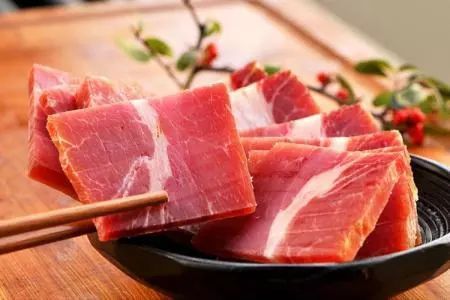Phospholipids for meat emulsification
Time:2023-12-13
Phospholipids, especially phosphatidylcholine and phosphatidylethanolamine, are commonly used in the food industry, including in meat processing, for emulsification purposes. Emulsification involves creating a stable mixture of immiscible liquids, such as oil and water, and phospholipids play a role in stabilizing these emulsions.
Phospholipids act as emulsifiers, helping to create and stabilize emulsions of fat in water.In meat products like sausages, pâtés, and processed meats, phospholipids contribute to improved texture, moisture retention, and juiciness.
Phospholipids can enhance the binding properties of meat products.When used in sausage formulations, for example, they help bind water and fat, resulting in a more cohesive and less prone to syneresis (water separation) product.
In processed meat products containing added fats, phospholipids help prevent the clumping or separation of fat during processing and cooking.This contributes to a more uniform distribution of fat throughout the product.
Phospholipids contribute to the stability of emulsified products, which can extend the shelf life of meat products by preventing the breakdown and separation of the emulsion.
Phospholipids are considered natural emulsifiers, making them suitable for clean label formulations.Clean label products are those with simplified ingredient lists and fewer synthetic additives.
Phospholipids aid in achieving a uniform distribution of ingredients, such as fats, water, and flavorings, in meat formulations.This results in a more consistent and appealing final product.
The emulsification properties of phospholipids can influence the cooking characteristics of meat products.For example, in sausages, they can contribute to a more succulent and evenly cooked texture.
Phospholipids can facilitate the processing of meat products, especially in the case of emulsion-type products where a stable mixture of fat and water is desired.This can make the manufacturing process more efficient.
It's essential to carefully select the appropriate phospholipid source and form to achieve the desired emulsification effects in meat products.Additionally, regulatory considerations and product labeling requirements should be taken into account when using phospholipids in food formulations.


 CN
CN





